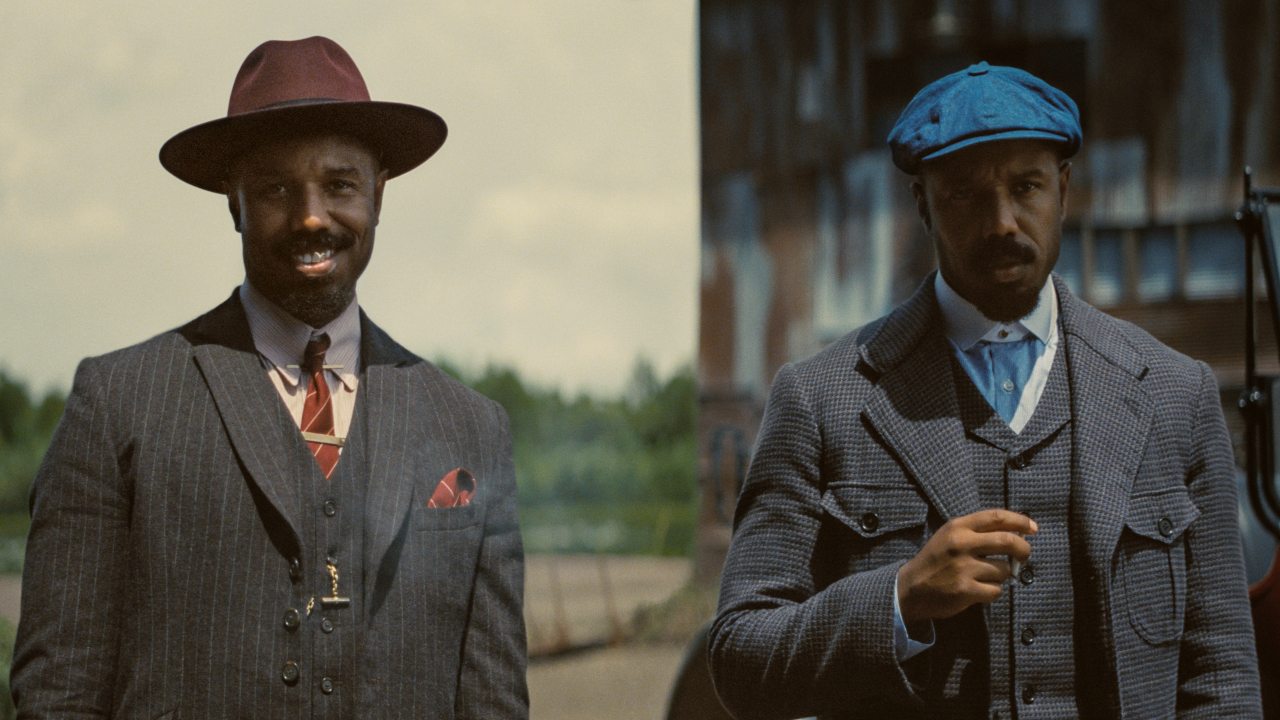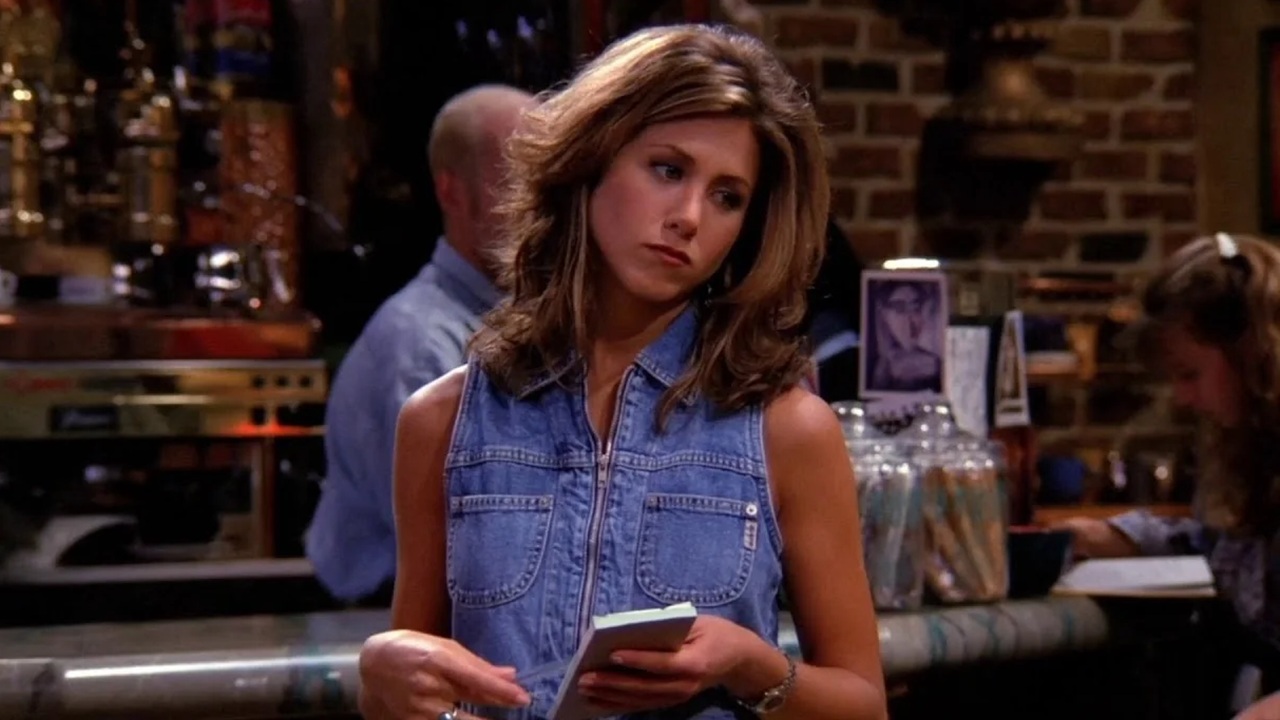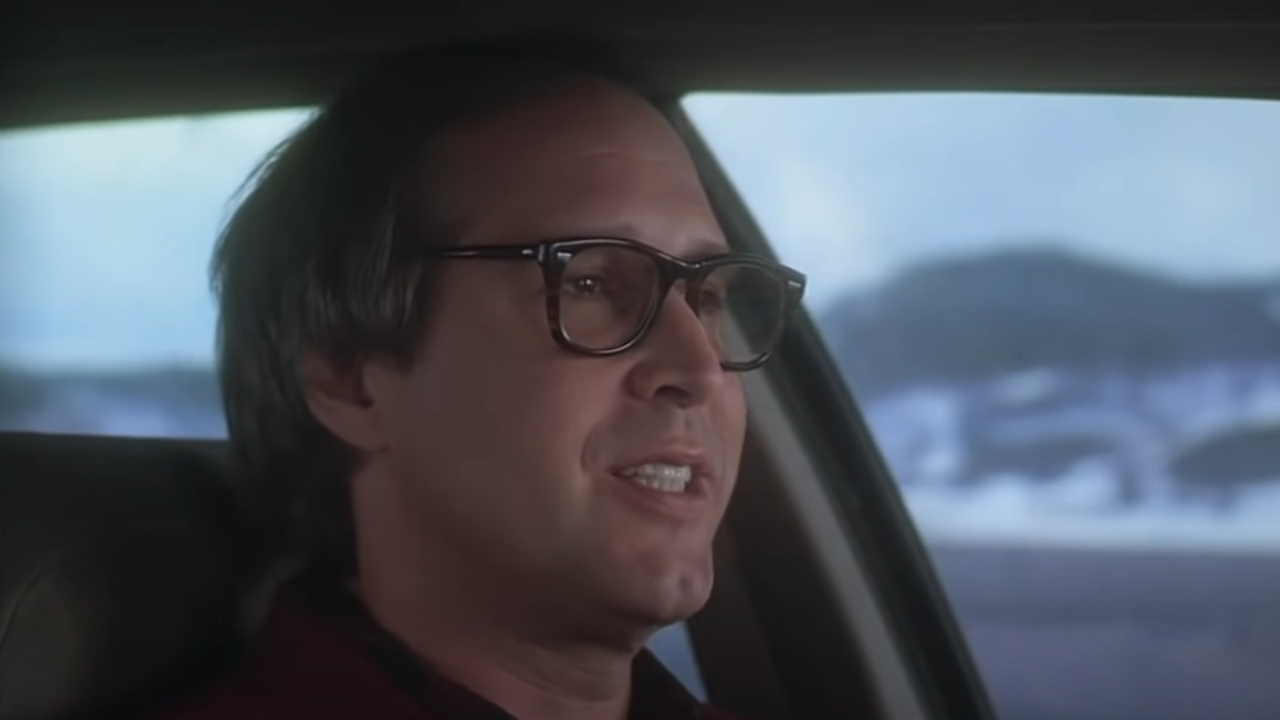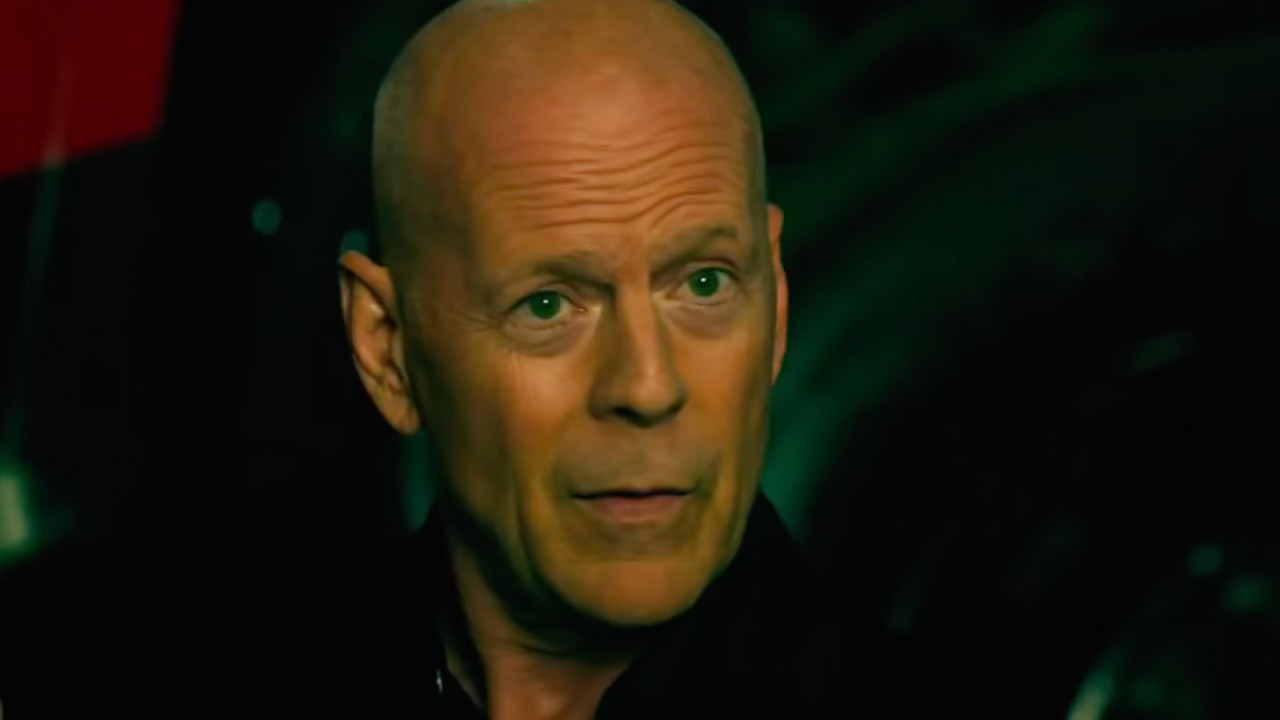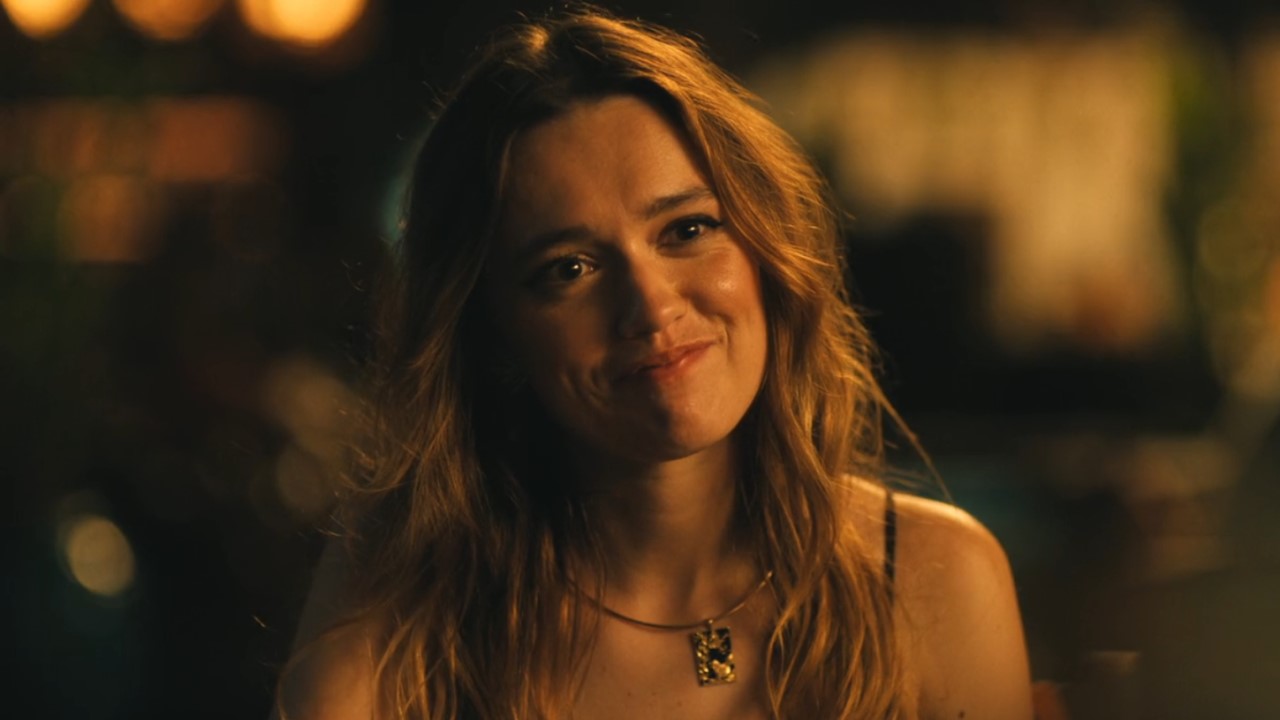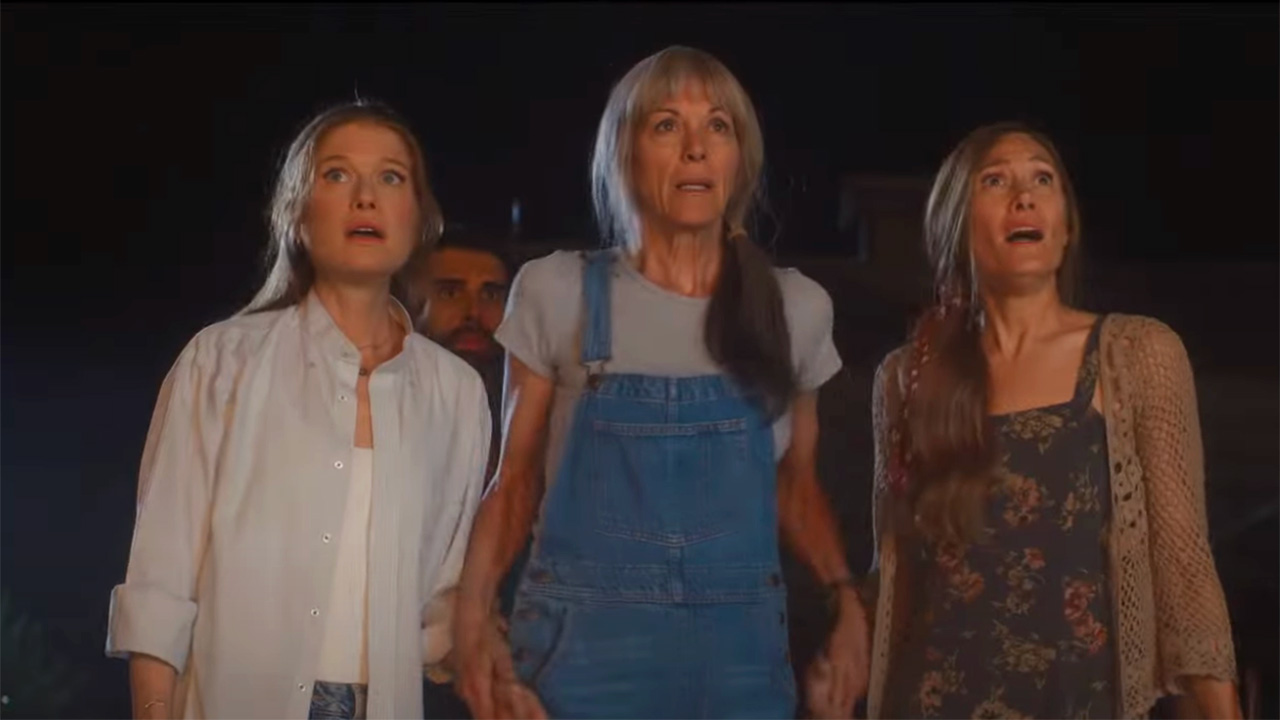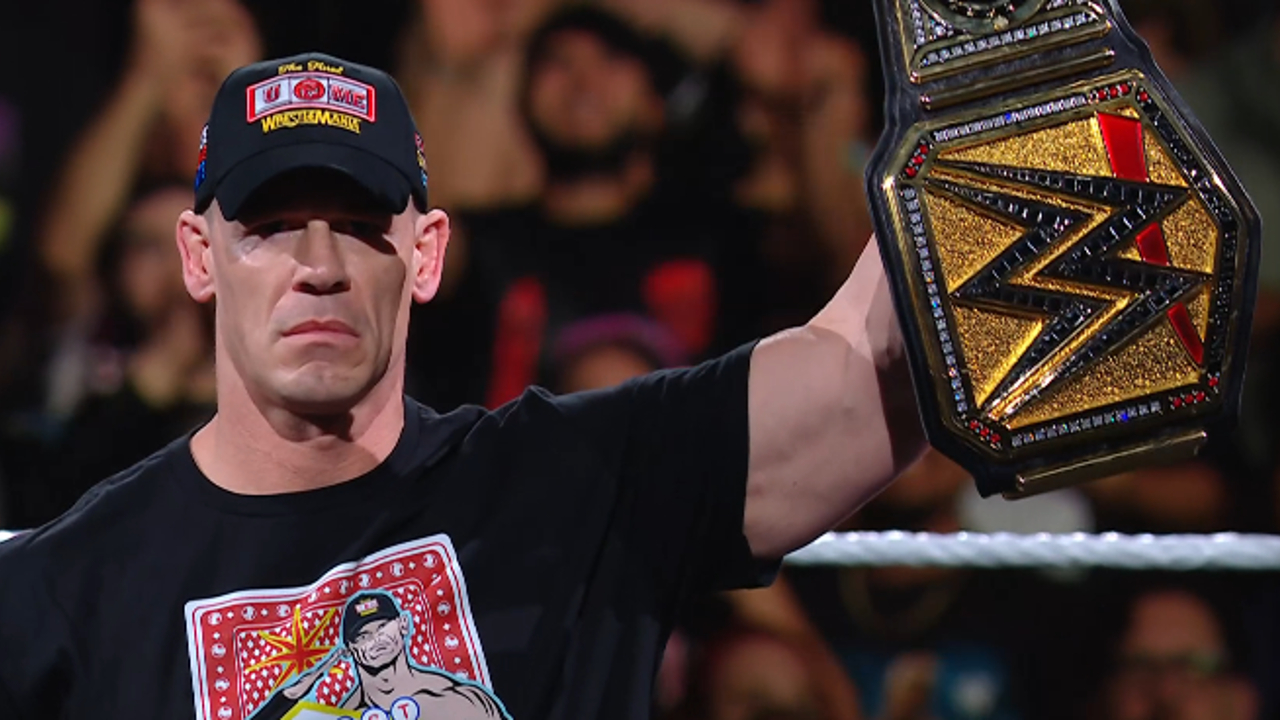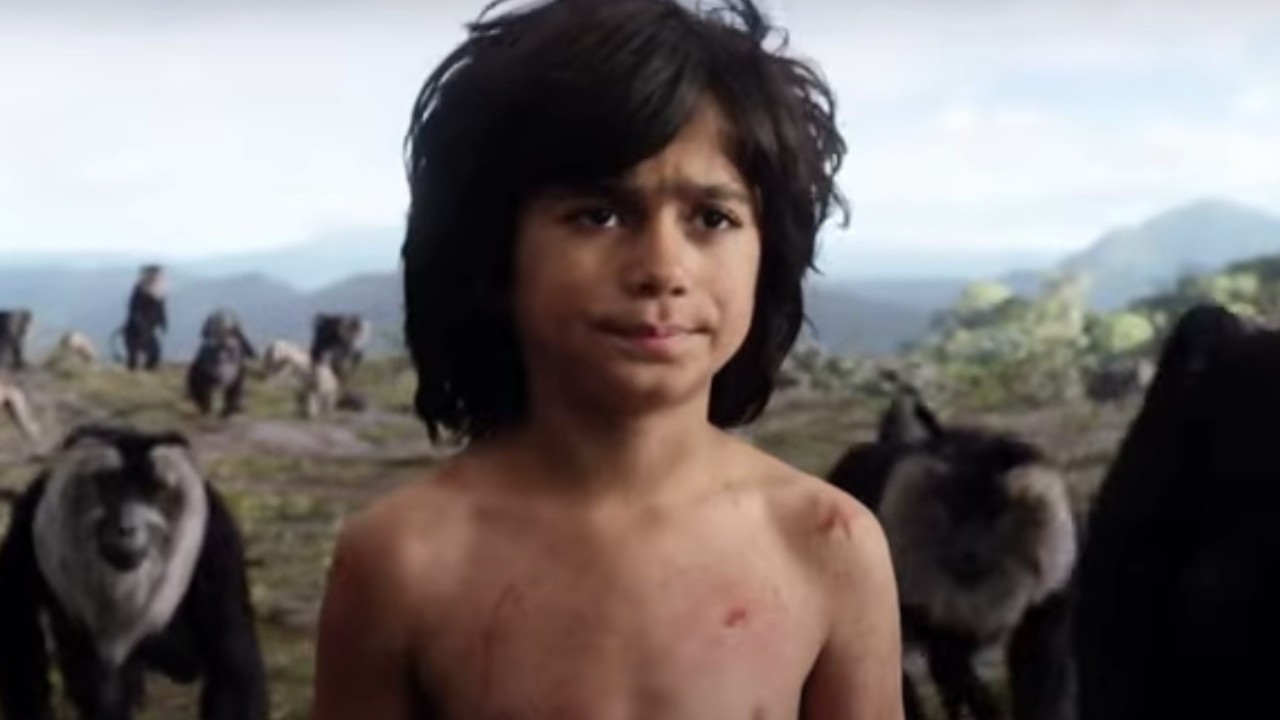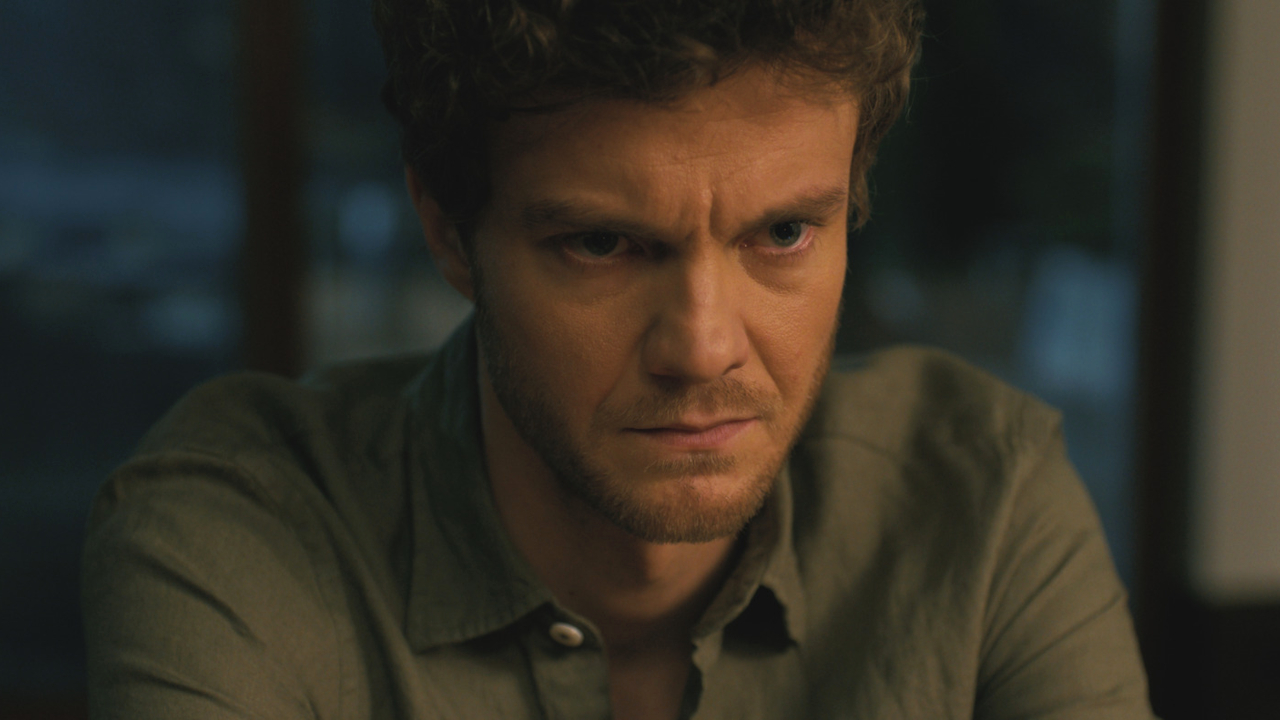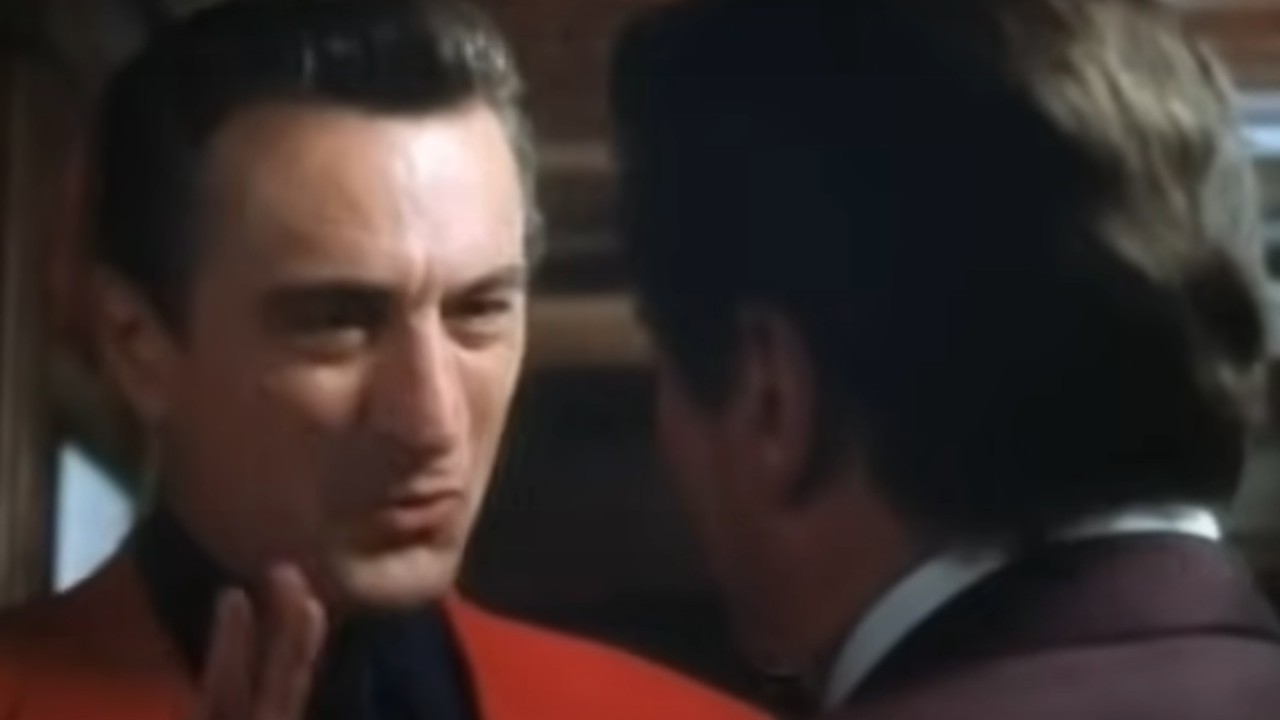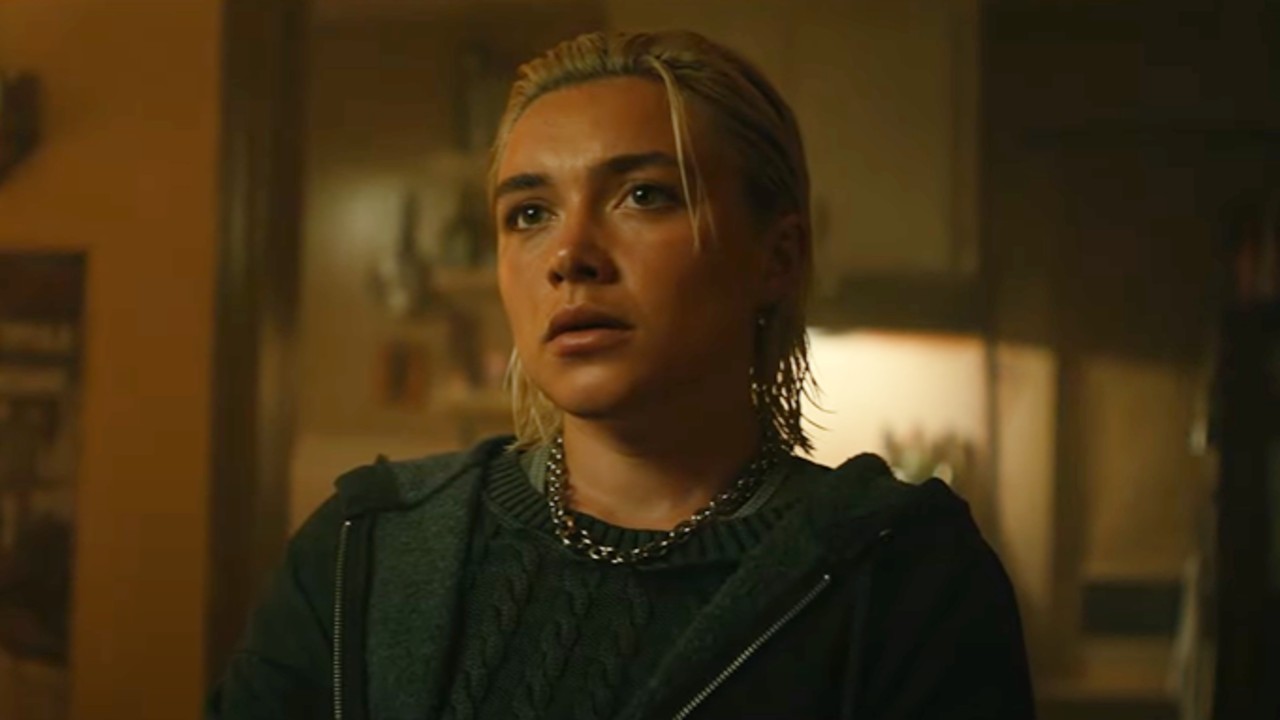Dune: 5 Biggest Similarities Between Denis Villeneuve's Movie And Star Wars: A New Hope
May the Voice be with you.
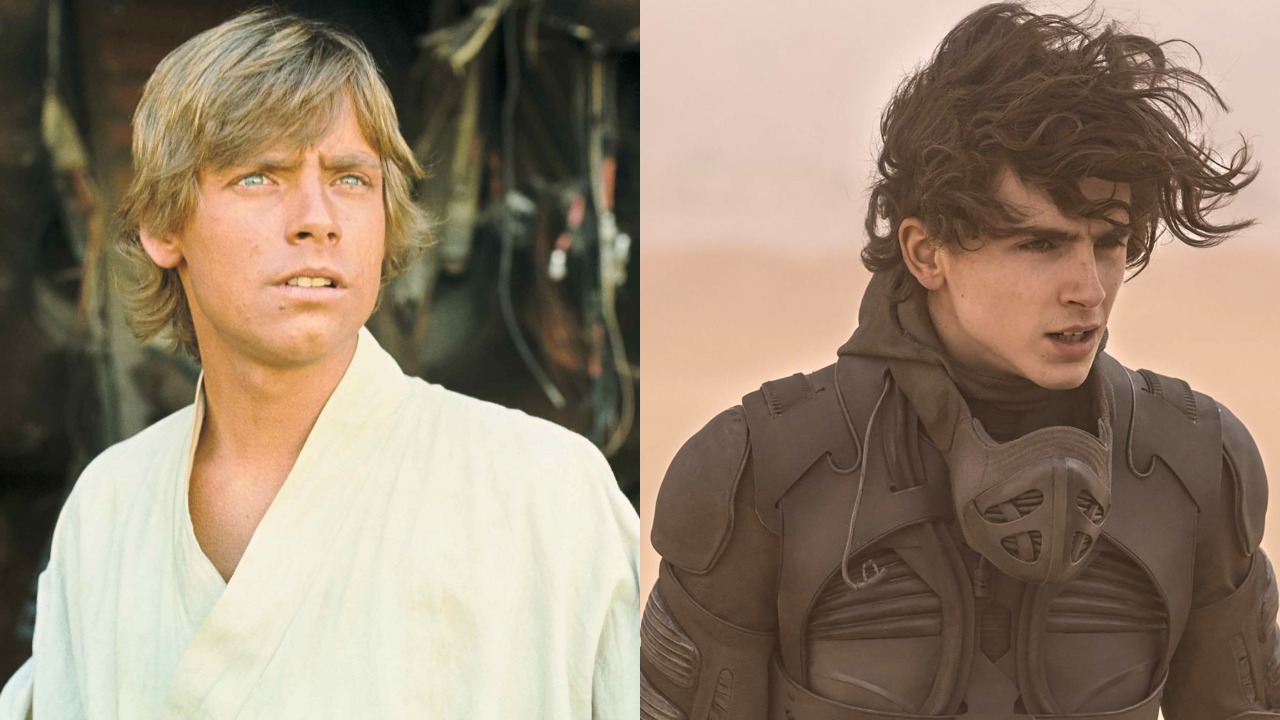
So here’s the thing: Frank Herbert’s Dune first hit bookshelves back in 1965. Six years later, George Lucas would begin developing Star Wars, influenced in part by the science fiction novel, before making film history with A New Hope in 1977. Over fifty years after Dune first came out, Denis Villeneuve has made a movie adaptation for Herbert’s story that impeccably encompasses the big ideas of the book, finally. But nowadays, considering how iconic and expansive Star Wars is in our pop culture, it would be naive to say that Dune doesn’t remind many of us of Star Wars first and foremost.
Let’s be honest here, a lot of us didn’t get through all 896 pages of the paperback prior to Denis’ film. If you’re like myself, you grew up watching Star Wars long before even hearing about the book. I tried to watch the David Lynch version after seeing the poster in the background of the main character’s room in Chuck years ago, but was left rather confused. I certainly thought to myself, “Oh, it’s kind of like Star Wars,” but now that we have a truly great version of Star Wars' most direct influence, it’s time to talk about all the times Dune and Star Wars are a lot like one another.
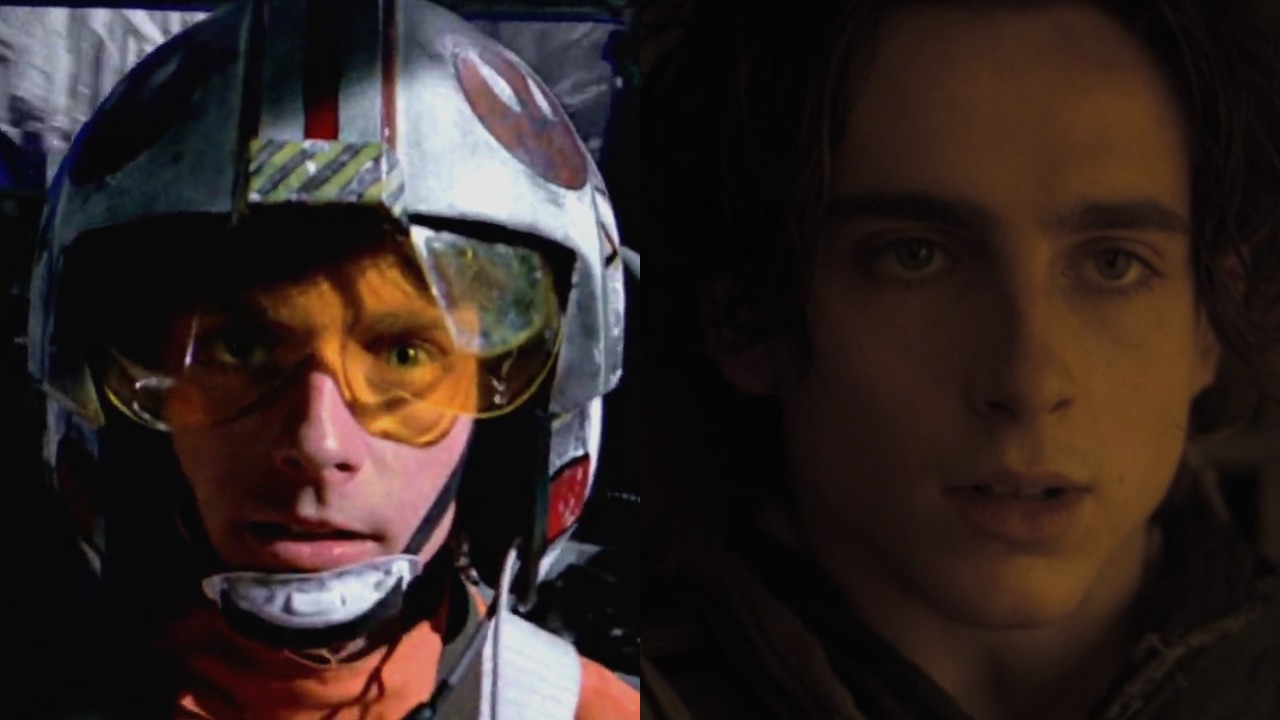
Paul Atreides And Luke Skywalker Are Reluctant Heroes
For one, its heroes, Luke Skywalker and Paul Atreides, are incredibly similar. I’ve always thought Luke was kind of a whiny, reluctant hero just trying his best, but he wasn't necessarily the most likable character in Star Wars. Paul shares a lot of these characteristics as well. Yes, he’s a privileged and spoiled prince, but he’s also a young character who is immature in his ability to handle the heroic mission thrust upon him.
Both Luke and Paul don’t necessarily want to step up to the plate, and there’s a number of other characters surrounding them that seem better for the task. Still, there’s something exciting about seeing them step into their power… and, well, let’s say birthright. This dynamic between Dune’s hero and the scope at play had to have been a major aspect it seems George Lucas wanted to bring to screen for Star Wars too.
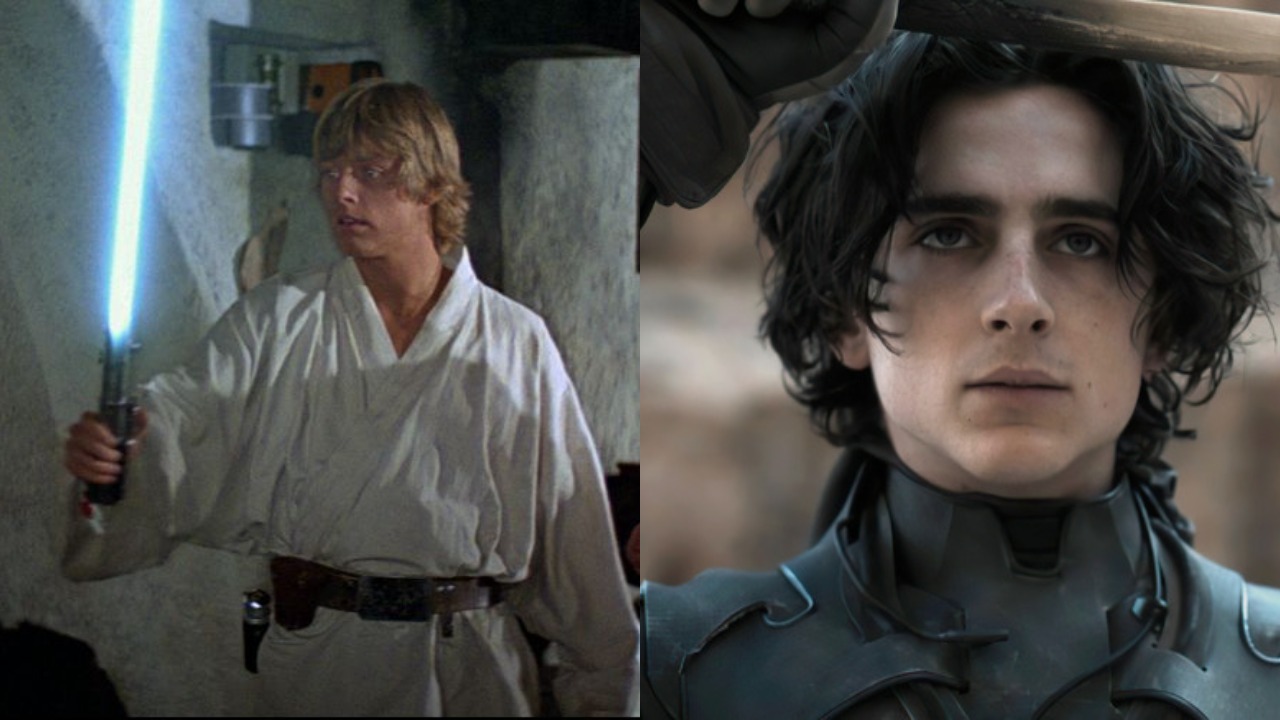
The Voice And The Force Surround Us All
At the beginning of Dune, when Paul and his mother Jessica are at the table, we first learn about The Voice, which allows the both of them to control their surroundings, such as moving an object over to them or controlling another person. It’s very much reminiscent of The Force, which Obi Wan Kenobi first introduces to Luke as something that surrounds us all and can be used to do the exact same things.
Dune’s concept goes a step further because Paul is The Chosen One, who can see the future following generations of bloodlines being crossed, planned by the Bene Gesserit. In addition to having great power, as Part I progresses it’s made clear throughout Arrakis that Paul could be the messiah that they’d been waiting for. Dune has a more sci-fi Jesus element to him, whereas Star Wars’ Luke is more of an everyman.
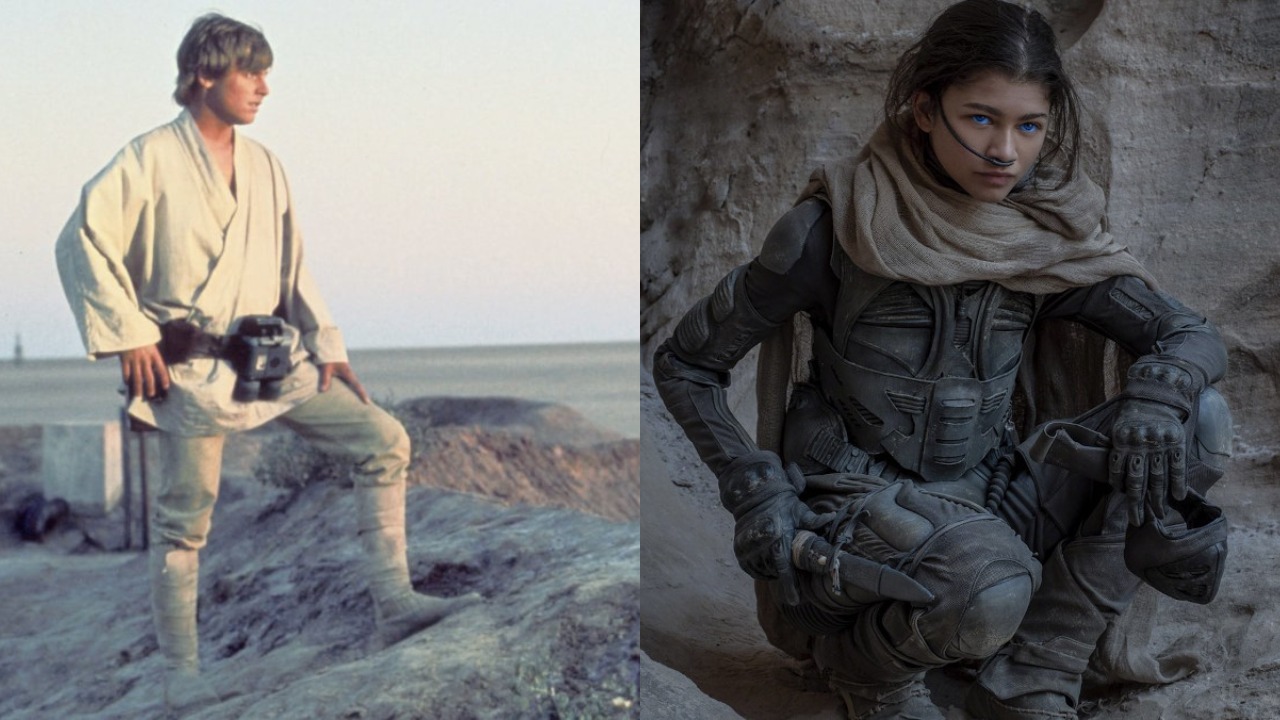
A Rustic Desert Planet As A Central Setting
It’s also hard to ignore that both settings of Dune and Star Wars: A New Hope are basically the same. For Luke, he starts off living in Tattooine before his family is killed, and he’s whisked off into space to save Princess Leia and defeat Darth Vader’s plans. And for Paul, he originally lives on Caladan before moving to the desert planet of Arrakis once House Atreides is chosen to oversee the Spice.
CINEMABLEND NEWSLETTER
Your Daily Blend of Entertainment News
On the planet of Arrakis, there’s a divide between the natives of the land, the Freman, and the powers that be who harvest the Spice. It feels vastly intentional that Star Wars would have a desert planet, and all these plotlines that are similar. Oh, and let’s not forget the Sarlacc pit is basically one of Dune’s iconic sandworms.
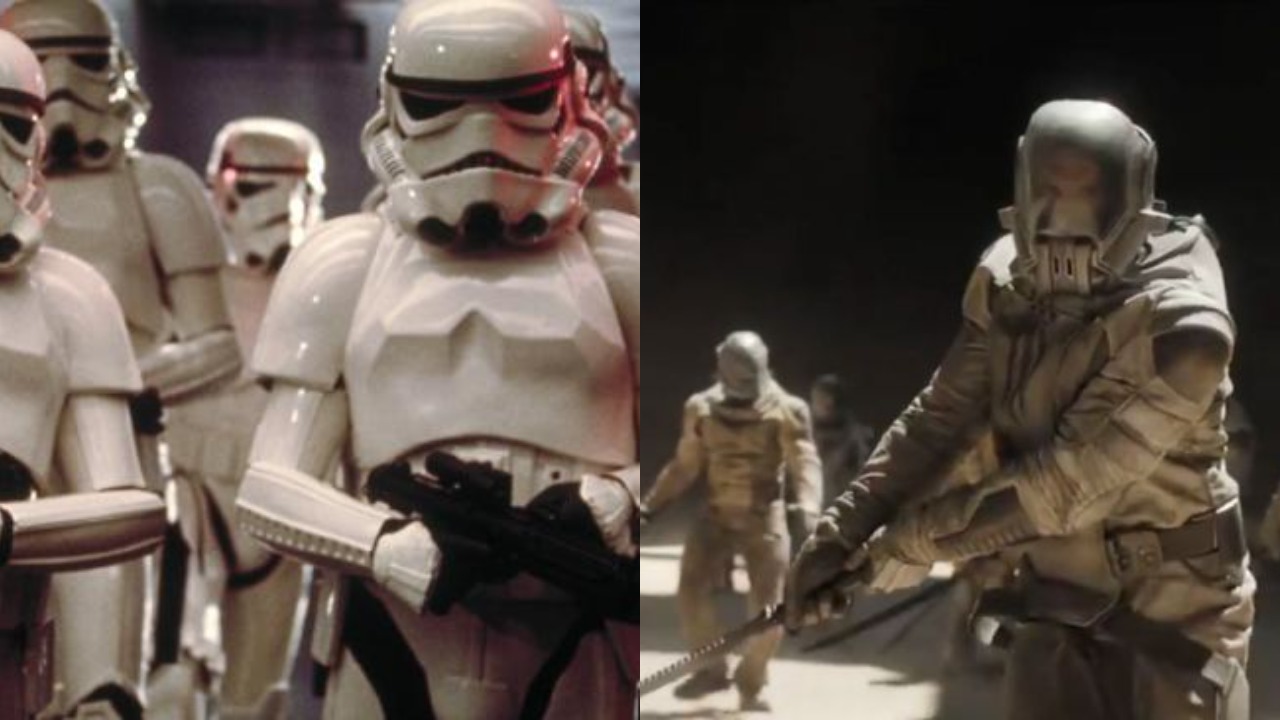
A Massive Army Of Sardaukar And Stormtroopers
Every powerful emperor needs a great army, and both Star Wars and Dune have similar versions of this. I found the Dune army of the Sardaukar much more terrifying than the more bumbling Stormtroopers as they terrorized House Atreides during the second act of Dune Part 1. They are both covered in large face coverings and have a similar uniformity and tired enormity about them.
Both armies seem blind and ever devoted to follow the orders of an empire that leaves nothing in its path. Both the Sardaukar and Stormtroopers are devout of actual personality or emotion. It seems as though George Lucas took some elements of the Sardaukar into Darth Vader’s own army. At this point, can we call Star Wars a loose interpretation of Dune? The similarities are stacking up.
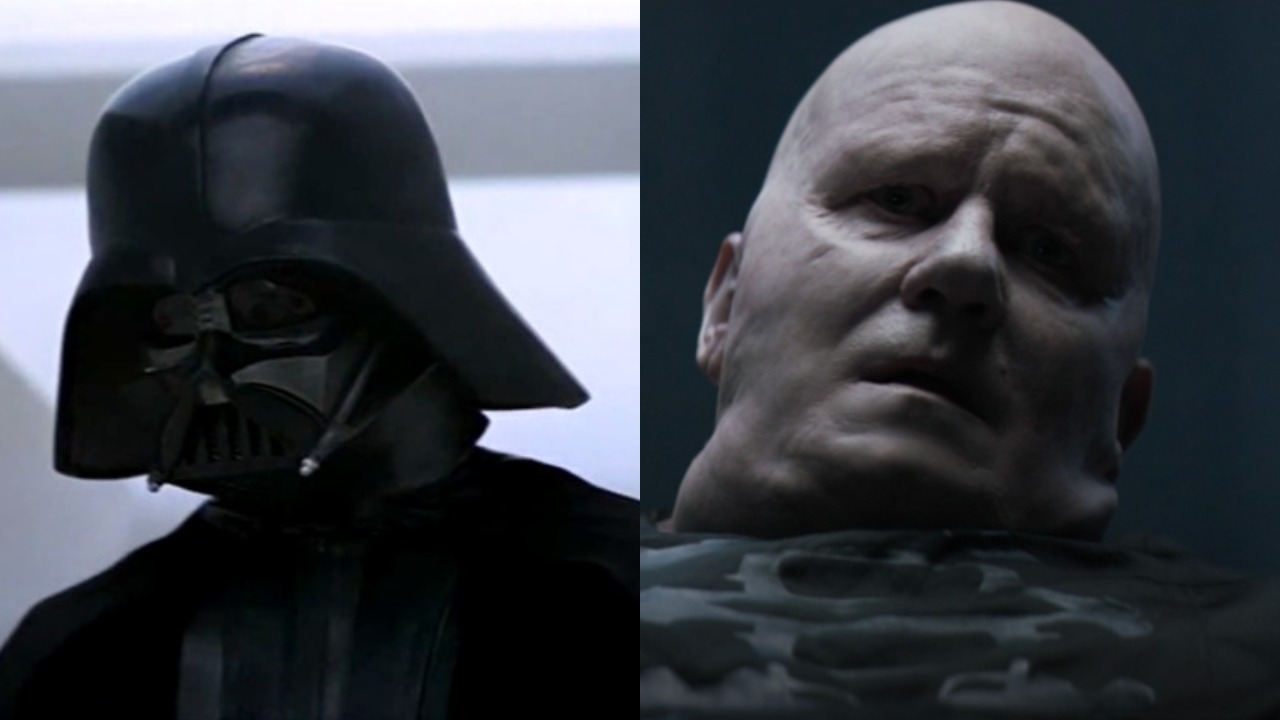
Their Evil Emperors Remains In The Shadows
Wrapping up, with Dune and Star Wars’ big bad, there is an element of both of them where we are introduced to a scary villain who is doing a lot of the grunt work on the ground, but serving a greater purpose in an emperor lurking in the background. For Star Wars, it was, of course, Darth Vader, who uses the Death Star to destroy planets. In Dune, it’s the Baron who is more slowly and subtly crafting their plan to kill House Atreides and overthrow the land of the Spice.
As later revealed in The Empire Strikes Back, it’s Emperor Palpatine that remains in the shadows, while Darth Vader serves as the more front-facing villain. It seems as though something similar is going on with Dune, as the Padishah Emperor is revealed in the coming Part 2. I mean, come on, Palpatine and Padishah even have a similar ring to it, don't they?
There are a lot more similarities we can talk about. There’s some semblance of droids in Dune, the shields they use remind a lot of the hologram tech Leia uses to call out to her “only hope.” The Fremen could be seen as the Jedi, and many of their ships find similarities as well. It’s a bit of an odd situation here, getting to know what was influenced by Star Wars before getting introduced to the source, but either way, it’s great to see Frank Herbert’s novel finally get a movie that truly shows the scale and scope of the science fiction classic.

Sarah El-Mahmoud has been with CinemaBlend since 2018 after graduating from Cal State Fullerton with a degree in Journalism. In college, she was the Managing Editor of the award-winning college paper, The Daily Titan, where she specialized in writing/editing long-form features, profiles and arts & entertainment coverage, including her first run-in with movie reporting, with a phone interview with Guillermo del Toro for Best Picture winner, The Shape of Water. Now she's into covering YA television and movies, and plenty of horror. Word webslinger. All her writing should be read in Sarah Connor’s Terminator 2 voice over.
